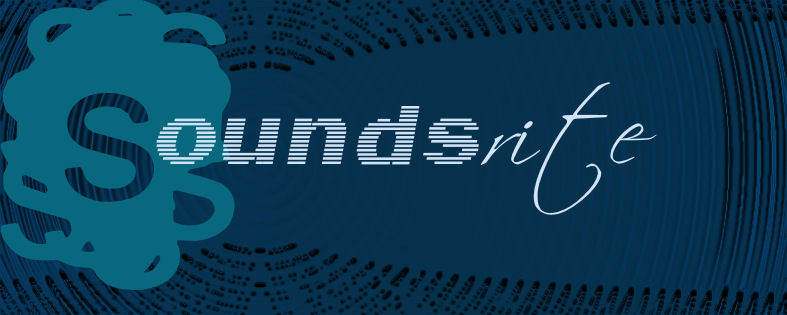
Eugenio Tisselli

soundsRite home about email: editorial group
Notes by the artist :
Jaguar of numbers 2017-8 (Videos, sound and text, videos c. 7', 5') PLAY the piece.
'Jaguar of numbers' is based on the writings of Eduardo Viveiros de Castro and, more precisely, on the notion of 'multinaturalism' that he proposed. 'Multinaturalism', according to Viveiros de Castro, explains how the indigenous people of the Amazon understand the way in which different humans and non-humans relate to nature. For the Amazonian people, all beings share a single culture, a single soul: all beings see themselves as humans. However, each being sees nature in its own specific terms. Where we see blood, a jaguar sees cassava beer. Where we see a rotting corpse, a vulture sees a delicious meal. In 'Jaguar of numbers' I play with the idea that, among jaguars and vultures, there is a new kind of animal: the digital animal. But how does the digital animal see the world?
The videos that are part of 'Jaguar of numbers' are algorithmically manipulated recordings of natural environments. These recordings were split into frames, and then transformed using a generative algorithm created with MIDIPoet. The performances of the digital animal as it executed the algorithm (which, nevertheless, followed the human intentions of the programmer) were captured, sounds were added, and are now presented here as possible hypotheses of how the vision of such a strange animal might unfold.
The burden 2016 (Video and sound with English subtitles, c.11') PLAY the piece.
The city where we live grows inside us like an organ that develops as we age. We carry it inside us, no matter how far we travel. The city-organ affects our perception of space, be it natural or built. But is it possible to escape the city in us? Does the city expand with our every step, wherever we go?
'The burden' is a series of algorithmically manipulated video fragments recorded at the edges of a city. In this piece, the algorithm (created with MIDIPoet) represents the complex efficiency of the city. How does our daily perception of the calculated space of streets and buildings affect our vision, even when we physically exit those spaces?
Eugenio Tisselli practices programming as a form of writing, and writes poems imagined as sets of algorithmic procedures. Standing upon this hybrid field, he has developed writing tools such as MIDIPoet or Computer Assisted Poetry. He has published his work using different media formats, and has presented it at international festivals, talks and exhibitions. He slowly uploads most of his pieces and texts to his website, http://motorhueso.net
These works are licensed under a Creative Commons Attribution-No Derivative Works 4.0 License.
There are big audio and av files on soundsRite. Please have patience while they load sufficiently to stream. In some cases a free-standing timer is used to indicate when the file is ready to play. The soundsRite website is designed for SAFARI and Macintosh.